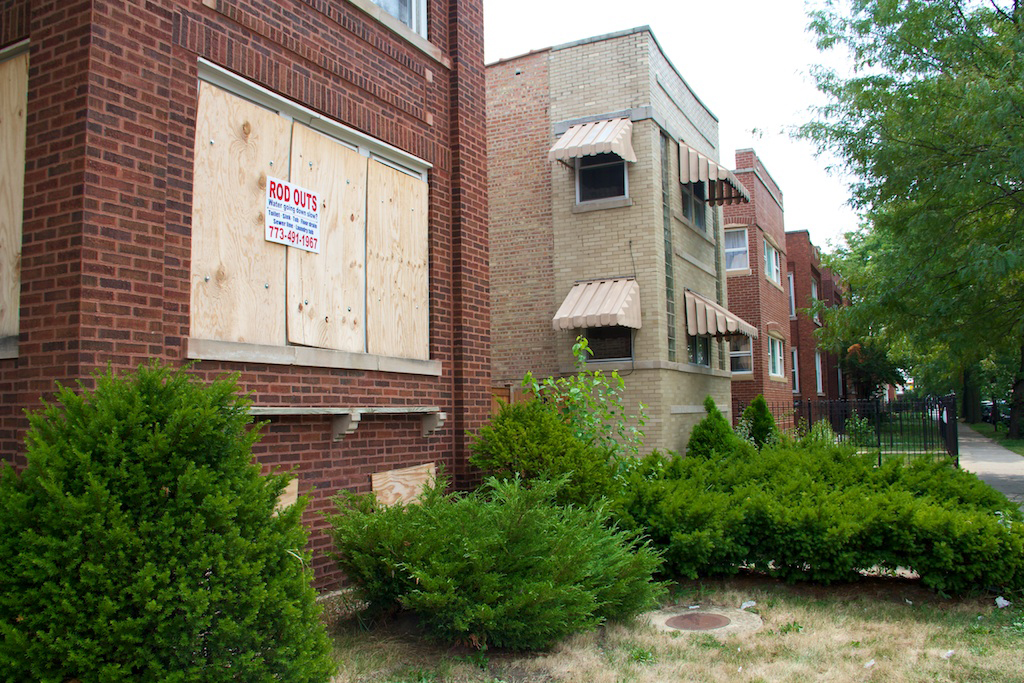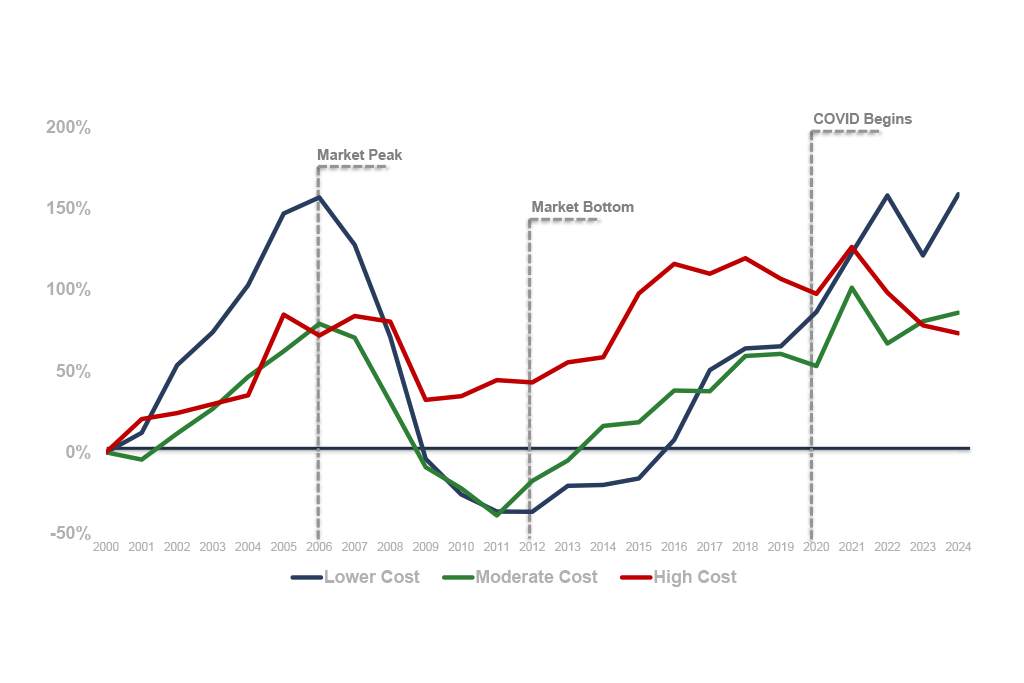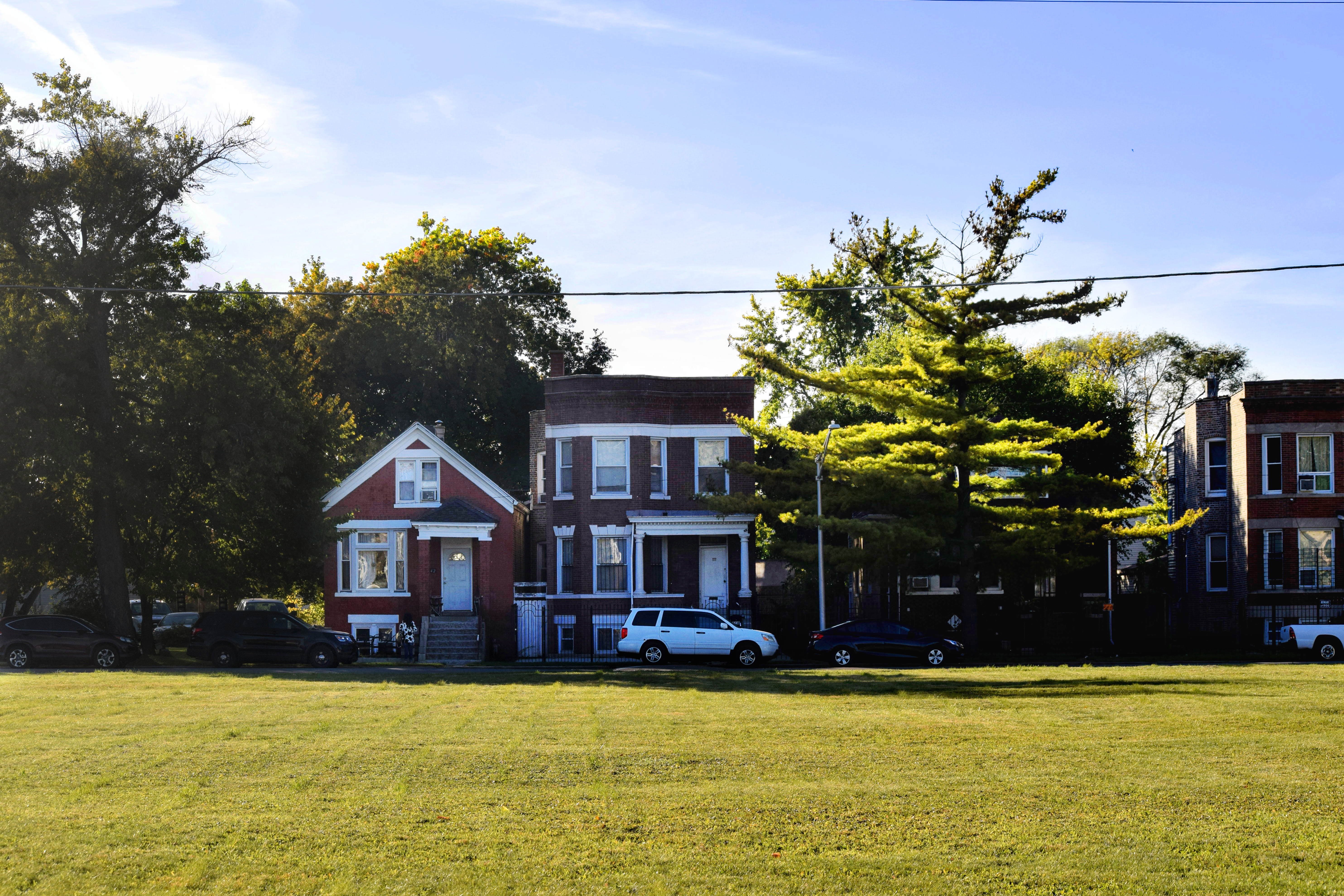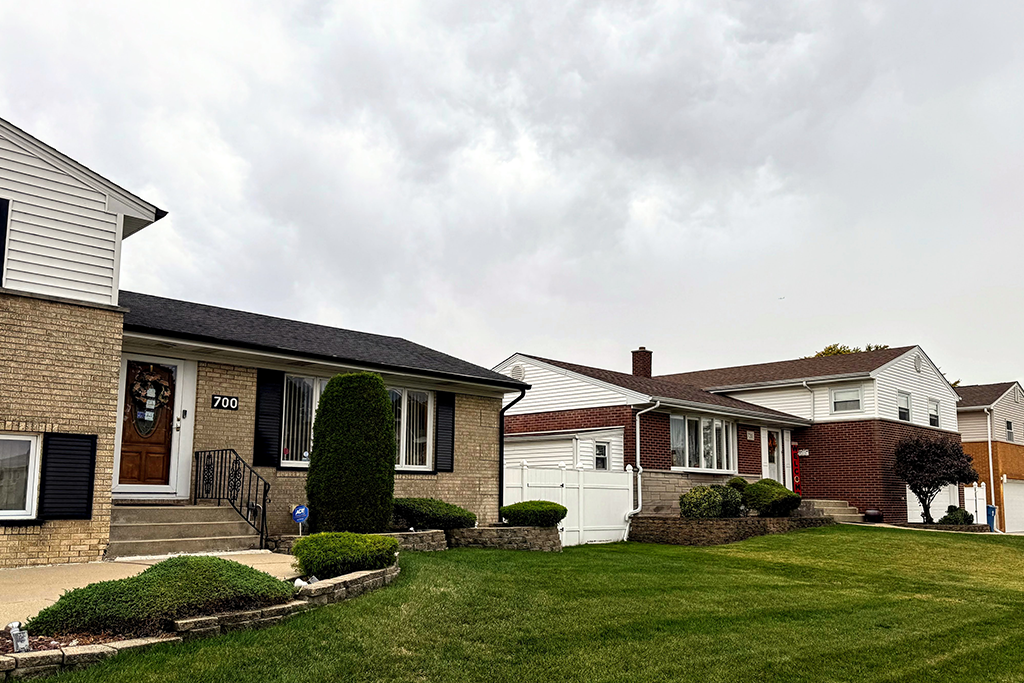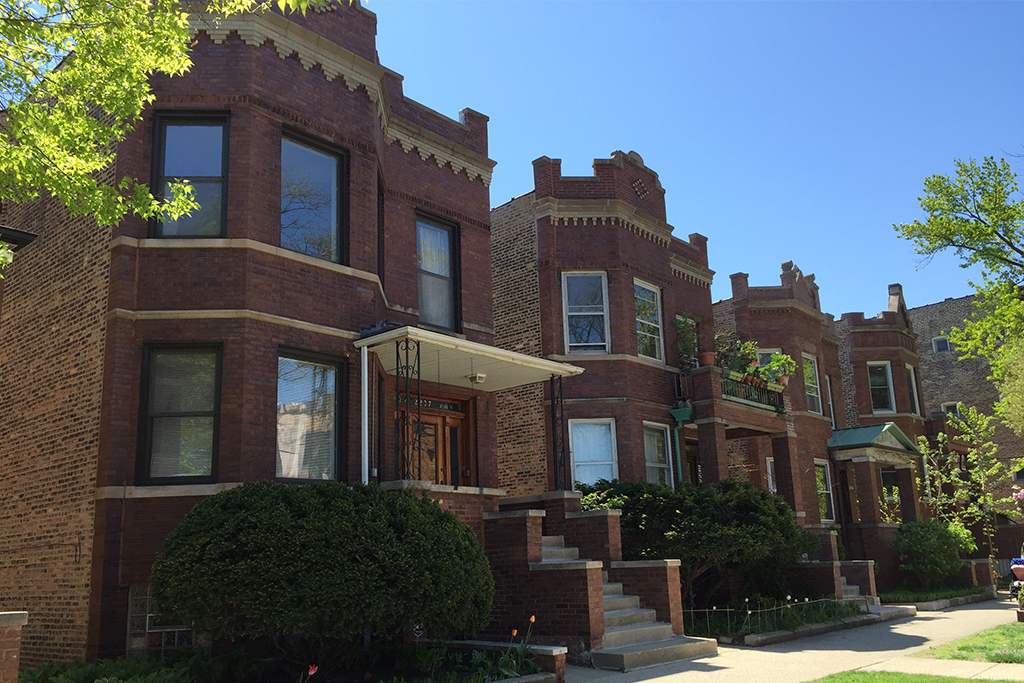This is the first in a series of posts exploring patterns of residential vacancy in the City of Chicago and in suburban Cook County. This post includes a discussion of local patterns of long-term residential vacancy, some of the negative outcomes associated with it, and establishes a context in which to better understand two local policy interventions aimed at mitigating the negative effects of long-term vacancy: Illinois Senate Bill 16 and the Cook County Land Bank.
This post includes:
- Downloadable vacancy data for City of Chicago Community Areas and subregions of Cook County as of the fourth quarter of 2012
- A map of long-term vacancy patterns in Cook County as of the fourth quarter of 2012
A residential address may be vacant for a number of reasons. For example, a home or apartment unit may be temporarily unoccupied between residents or recently built and awaiting occupancy. The longer an address is vacant however, the greater the likelihood that it is significantly blighted. There are concerns that addresses vacant for more than two years are more likely to have substantial physical problems and are at a greater risk for abandonment.(1) The degree to which residential vacancy is a destabilizing factor in neighborhoods is highly correlated with the length of time a property has been vacant as well as the concentration of long-term vacant addresses in a particular area. Long-term vacant properties, particularly those associated with foreclosure, contribute to increased levels of neighborhood crime as well as reduce surrounding property values.
IHS analysis of data from HUD and the USPS show that 2.5 percent of all residential addresses in Cook County had been vacant for more than two years as of the fourth quarter of 2012. In the City of Chicago this number was slightly higher: roughly three percent of residential addresses were vacant as of this period. Comparing data from the fourth quarter of 2011, long-term residential vacancy increased in the fourth quarter 2012 by .5 percentage points in the County and .4 percentage points in the City.
The map below illustrates long-term vacancy in Cook County as of the fourth quarter 2012. It shows that in Chicago neighborhoods and in Suburban Cook County, areas with the highest levels of long-term vacancy are significantly distressed markets with weak demand for owner-occupied housing, many of which are the same areas heavily hit by the foreclosure crisis.
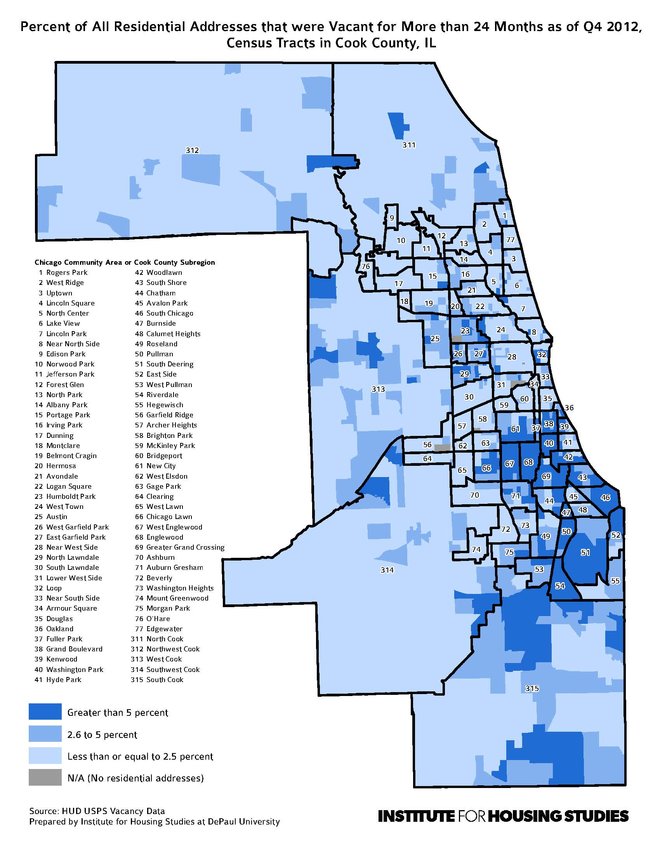 Map showing patterns of long-term vacancy in Cook County as of 4Q 2012
Map showing patterns of long-term vacancy in Cook County as of 4Q 2012
Data available here breaks out these mapped trends by City of Chicago Community Areas and Cook County sub-regions. Community Areas with the highest level of long-term vacancy include South Chicago (10.3 percent), Englewood (10.2 percent), Washington Park (9.9 percent) and Woodlawn (8.1 percent). South Cook County had the highest level of long-term vacancy in Suburban Cook County. As of the fourth quarter of 2012, roughly four percent of residential addresses had been vacant for more than two years, compared to just two percent of addresses in Suburban Cook County, generally. Comparing data from the fourth quarter of 2012 with the same period in 2011, these same areas saw the largest percentage point increase in the share of addresses vacant for more than two years. For a set of high resolution maps of City of Chicago's residential housing stock see the IHS data brief The Composition of Cook County's Housing Market.
The chart below shows that Cook County’s long-term vacant addresses are significantly concentrated in a set of highly foreclosure-distressed census tracts where more than 25 percent of all residential properties had at least one foreclosure filing between 2005 and 2011. While these areas contain just under 18 percent of the County’s total residential addresses, over 37 percent of all of the long-term vacant addresses in the County were located in these census tracts as of the fourth quarter 2012. This is compared to areas where less than 10 percent of residential properties had at least one foreclosure filing between 2005 and 2011; these low-foreclosure areas had just over 23 percent of all long-term vacancies but over 40 percent of all of the Counties residential addresses. For a map of Cook County census tracts by the degree to which they are foreclosure-distressed see the IHS report Cash or Credit: The Role of Cash Buyers in Cook County's Housing Market.
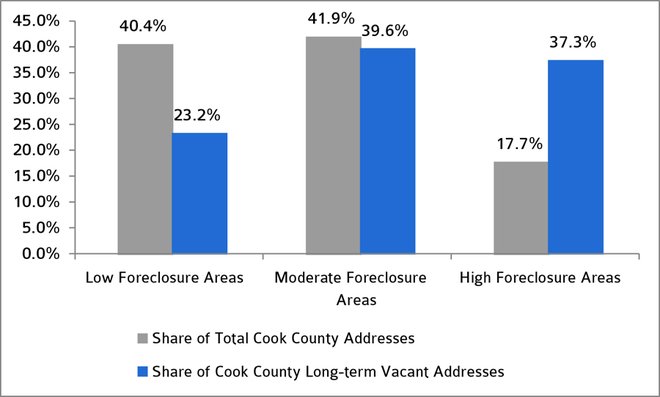 Map showing patterns of long-term vacancy in Cook County as of 4Q 2012
Map showing patterns of long-term vacancy in Cook County as of 4Q 2012
In neighborhoods already plagued by high levels of long-term vacancy, research has shown that properties just entering the foreclosure process are at a greater risk of also becoming vacant and abandoned.(1) The next installment of this series will examine a policy intervention that provides a comprehensive approach to keeping new and ongoing foreclosures from becoming long-term vacant and abandoned properties.
To be notified about new blog posts and to give us feedback, follow us on twitter, like us on Facebook, or join our LinkedIn Group.
(1) Mallach, Alan. Bringing Buildings Back: From Abandoned Properties to Community Assets. Montclair, New Jersey: the National Housing Institute, 2006. For this discussion, see page 32.
